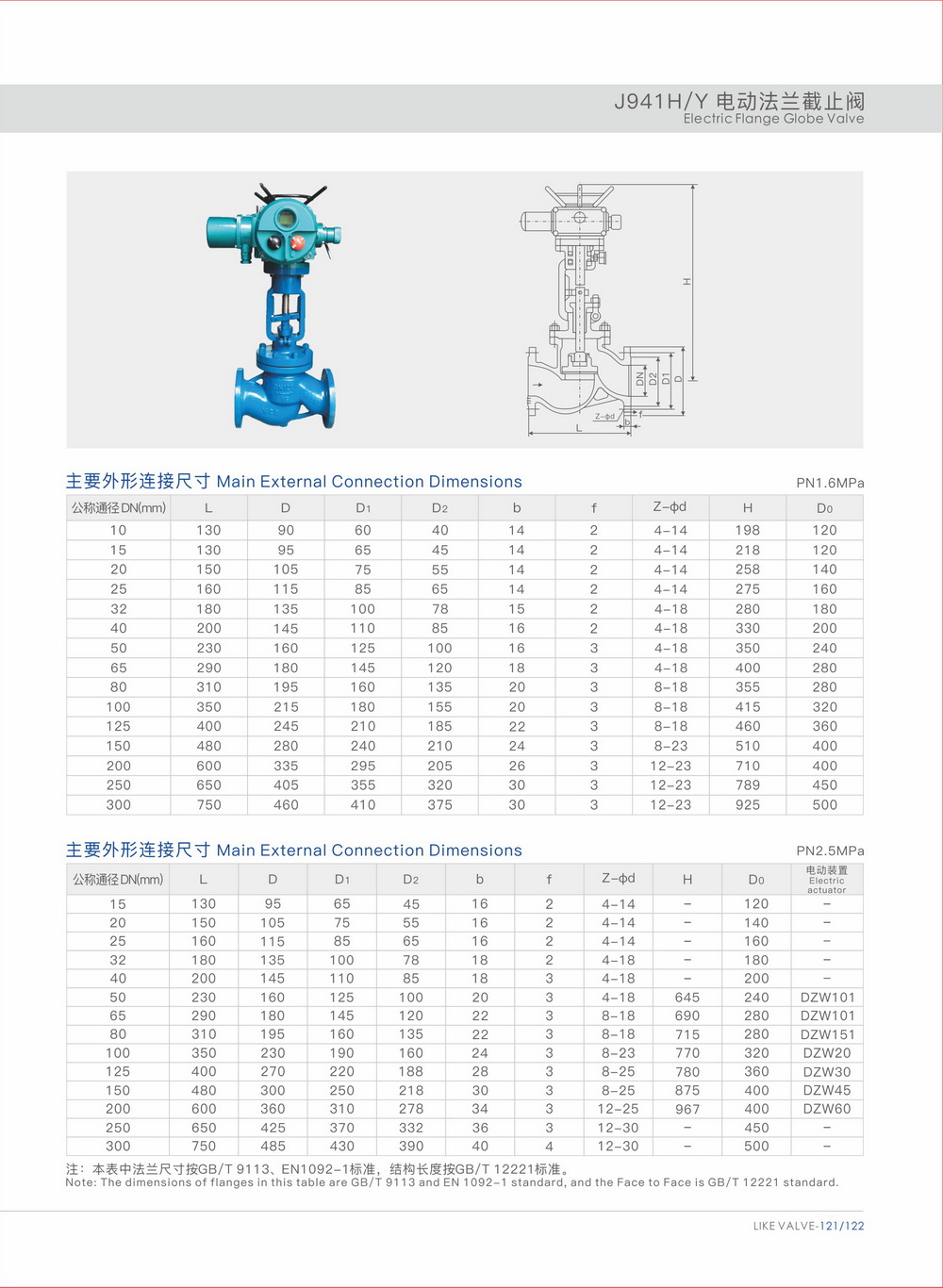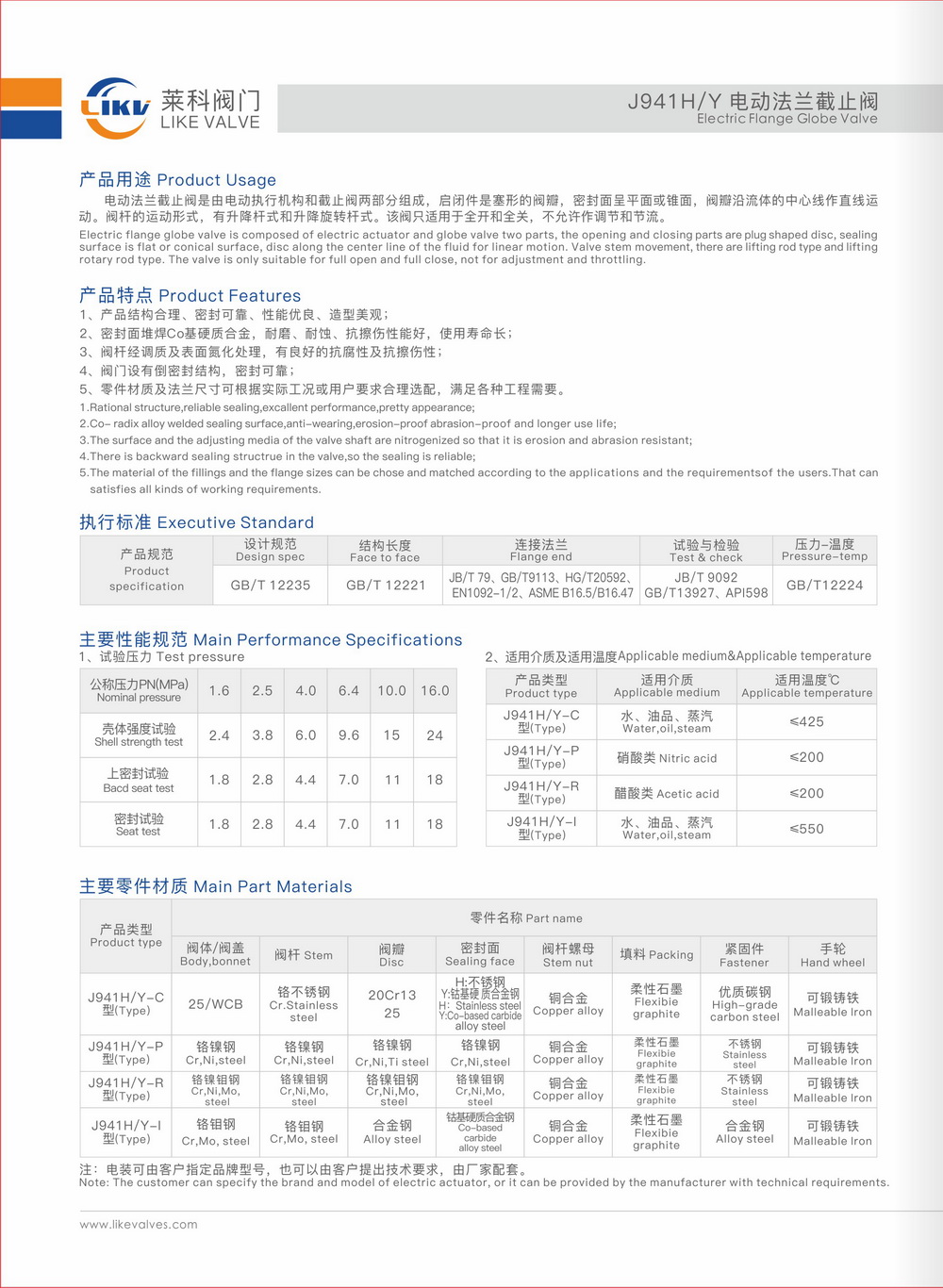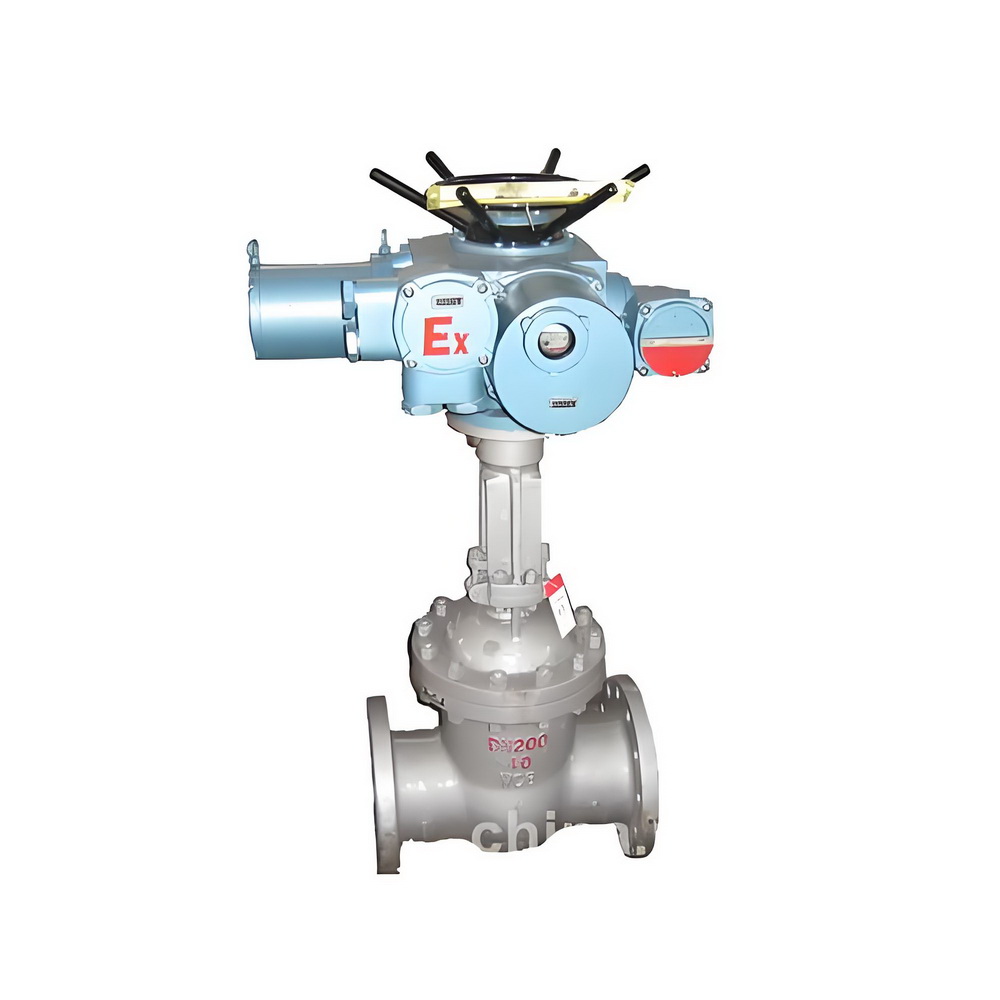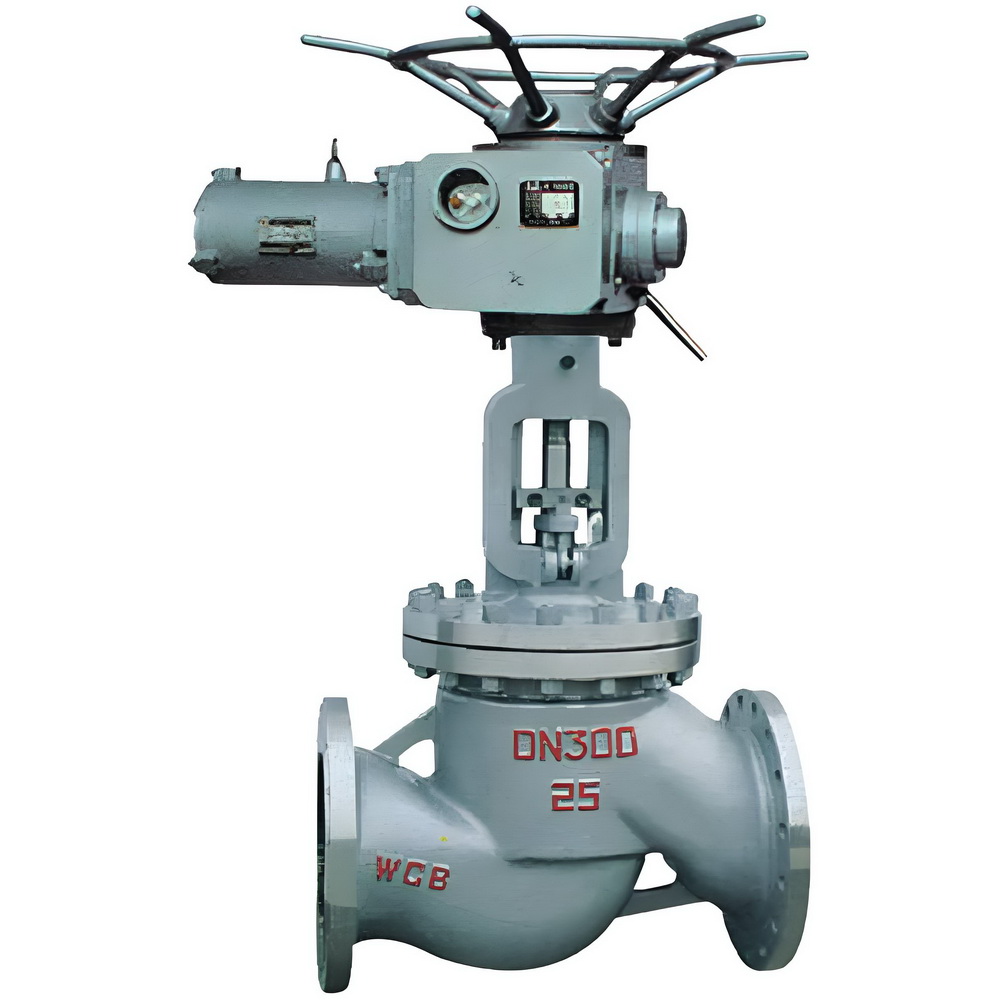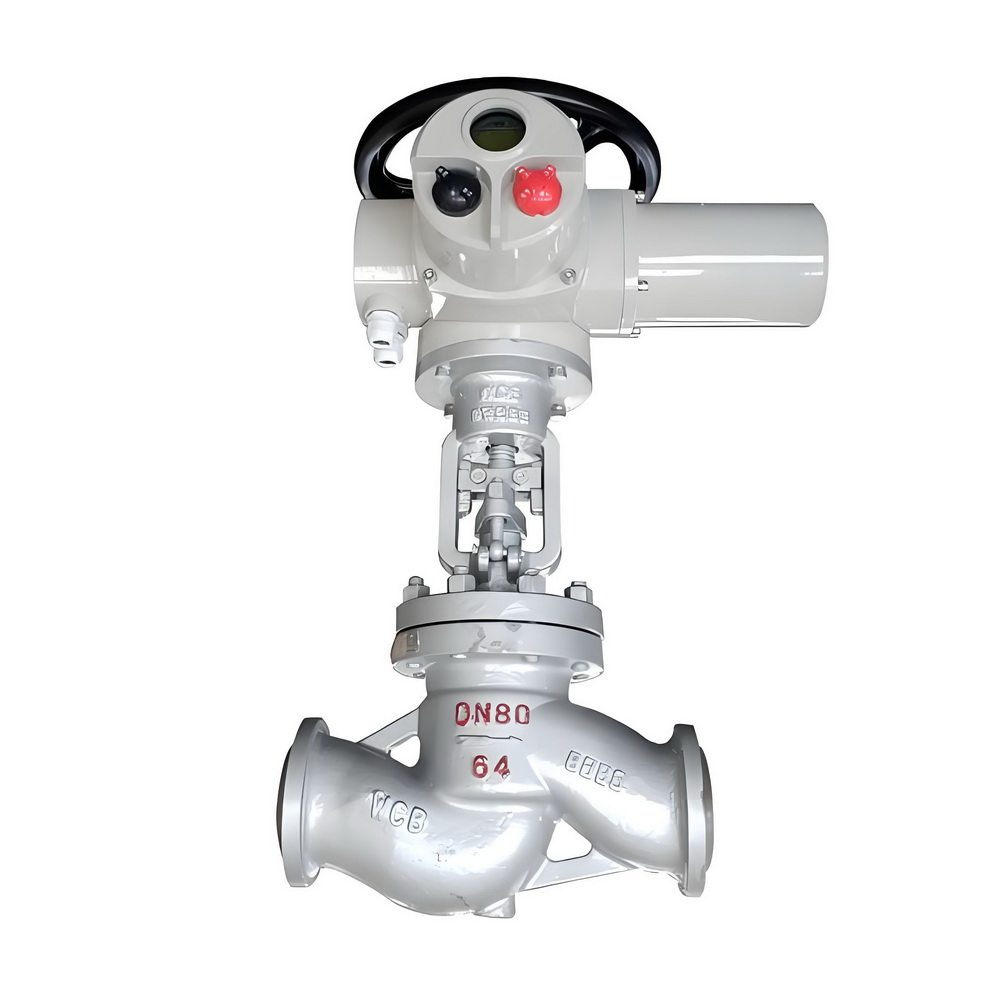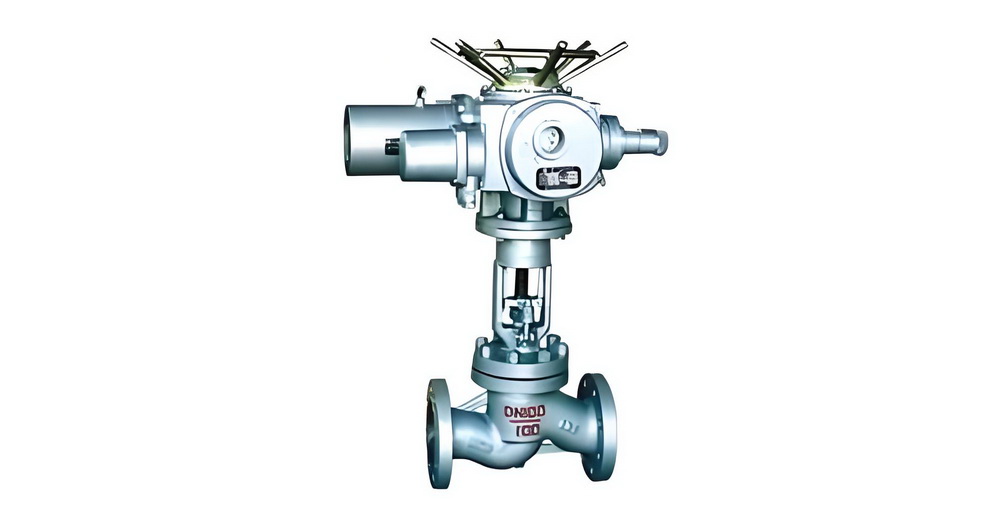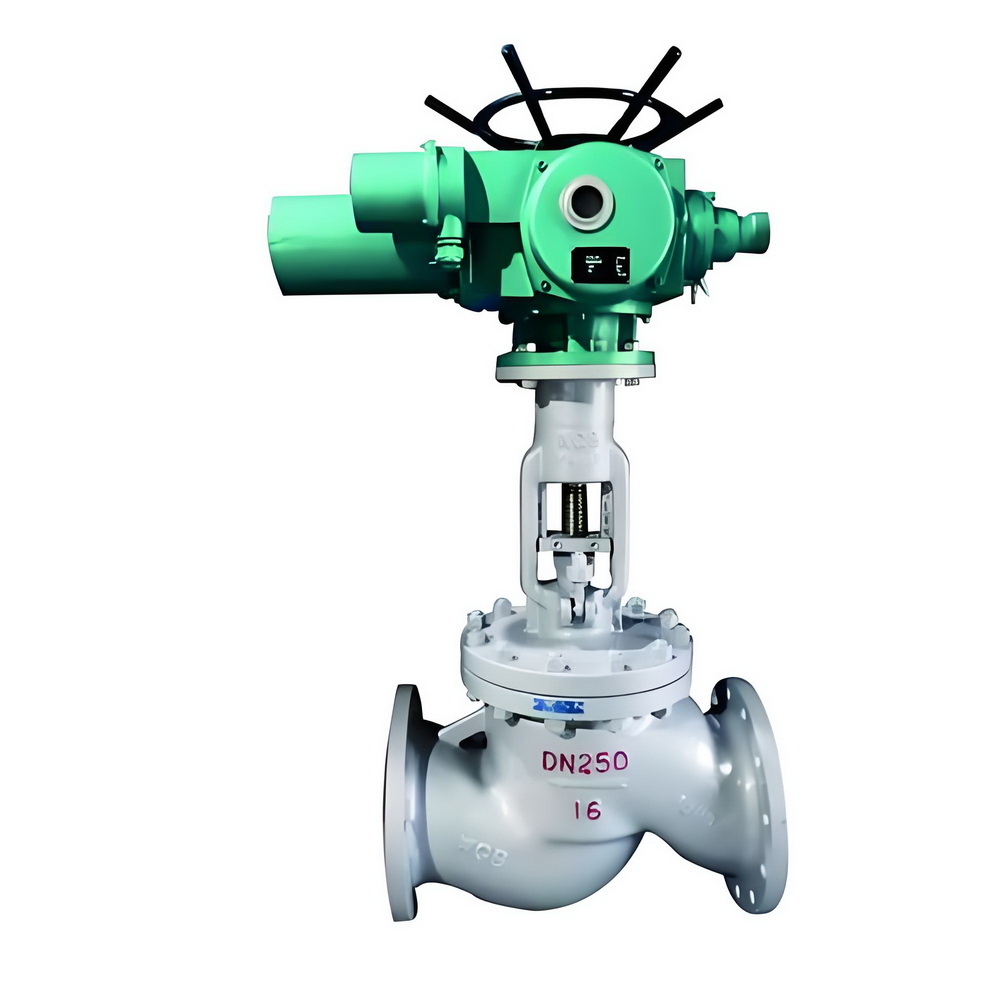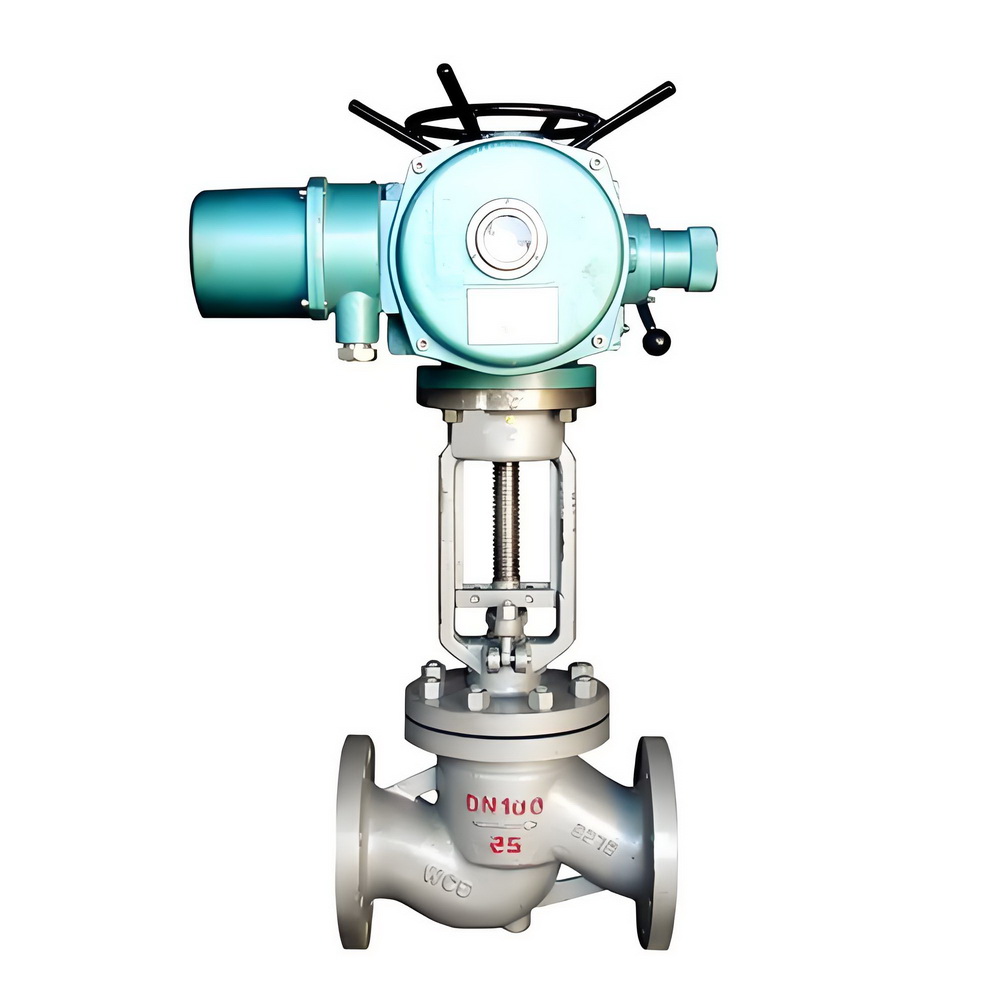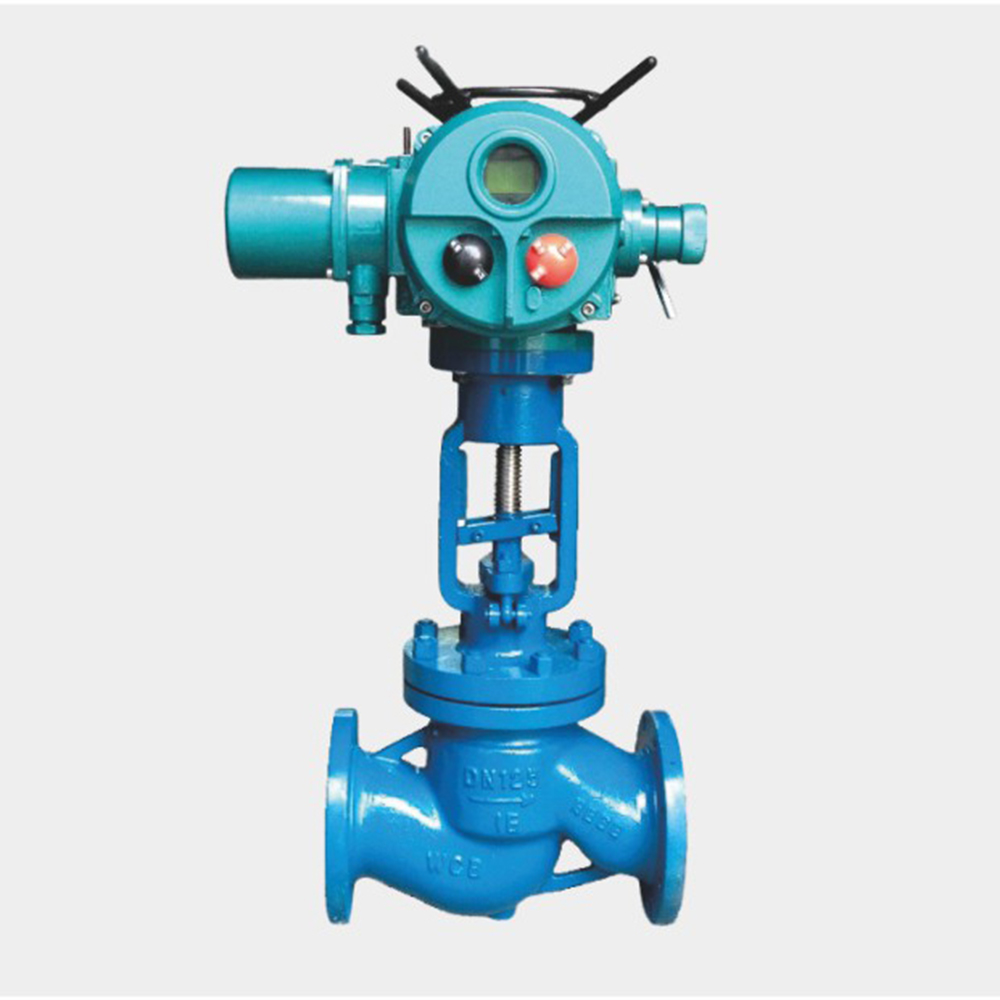Fault diagnosis and preventive maintenance strategy for electric flange globe valves
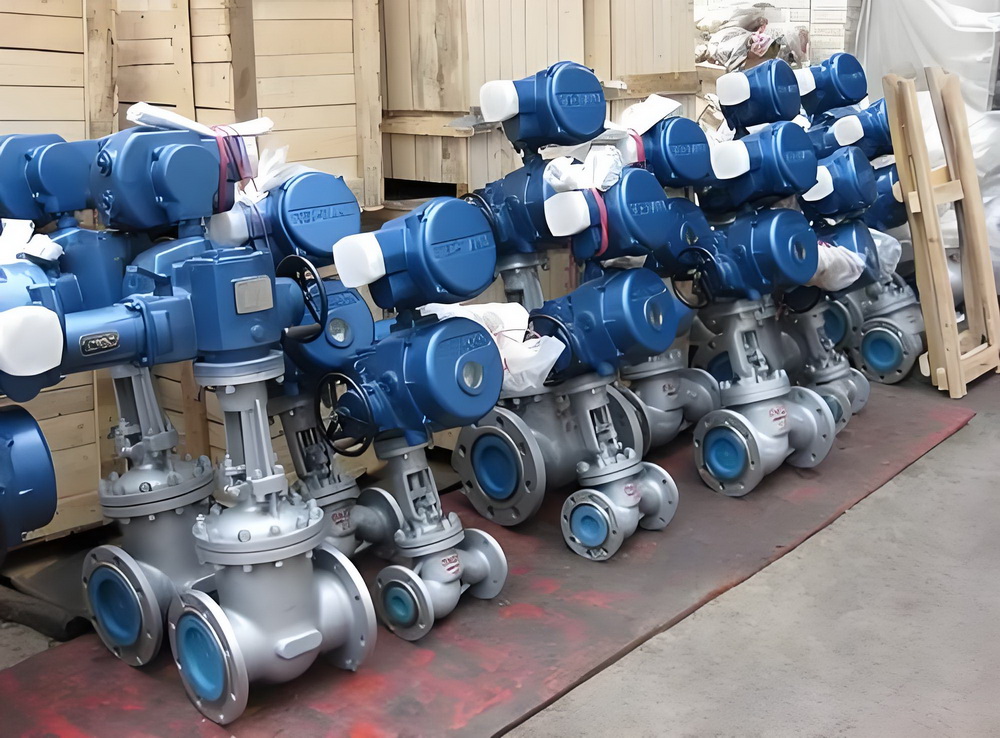
Fault diagnosis and preventive maintenance strategy for electric flange globe valves
Abstract: As an important component of fluid control systems, the safe, reliable, and stable operation of electric flange globe valves directly affects the normal operation of the entire system. However, in practical applications, electric flange globe valves may experience various malfunctions that affect their performance and service life. This article explores the fault diagnosis and preventive maintenance strategies for electric flange globe valves, aiming to provide useful reference for engineering and technical personnel.
1、 Introduction
Electric flange globe valves are widely used in industries such as petroleum, chemical, metallurgy, and power, with the characteristics of simple structure, good sealing performance, and convenient operation. However, during long-term operation, due to various factors, electric flange globe valves may experience faults such as leakage, jamming, and inflexibility, leading to serious consequences such as equipment shutdown and production accidents. Therefore, mastering the fault diagnosis and preventive maintenance strategies of electric flange globe valves is of great significance.
2、 Types and causes of faults in electric flange globe valves
1. Leakage
Leakage is one of the most common faults of electric flange globe valves, and the main reasons are as follows:
(1) Wear or damage to the sealing surface: During long-term use, the sealing surface is susceptible to medium erosion and wear, leading to a decrease in sealing performance.
(2) Filler aging: Filler is a key component to ensure the sealing performance of electric flange globe valves. After long-term use, it is prone to aging, wear, and leakage.
(3) Valve body or valve cover deformation: Due to external factors such as temperature and pressure, the valve body or valve cover may deform, leading to an increase in the gap between the sealing surfaces and causing leakage.
2. Stuck
The main manifestation of electric flange shut-off valve jamming is that the valve is not in place or cannot be opened and closed, and the reasons are as follows:
(1) Friction between valve stem and packing: Prolonged friction between valve stem and packing causes surface wear, resulting in increased friction between valve stem and packing.
(2) Particles in the medium: Particles in the medium are prone to getting stuck between the valve disc and valve seat, causing the valve to jam.
(3) Internal scaling of valves: Impurities in the medium deposit inside the valve, forming scaling, narrowing the internal channels of the valve and causing the valve to jam.
3. Inflexible movements
The inflexibility of the action of the electric flange globe valve is mainly manifested by slow switching speed and large torque, and the reasons are as follows:
(1) Motor malfunction: The motor in the electric actuator is damaged or its performance is reduced, resulting in insufficient output torque.
(2) Transmission mechanism failure: The transmission mechanism is worn, loose or damaged, which affects the opening and closing speed and torque of the valve.
(3) Abnormal control signal: The control system malfunctions, causing unstable control signals and inflexible valve operation.
3、 Fault diagnosis method for electric flange globe valves
1. Observation method
By observing the operation status, leakage situation, and degree of packing wear of the valve, determine whether there is a malfunction in the valve.
2. Sound diagnosis method
Using sound sensors to collect sound signals during valve operation, analyzing sound characteristics to determine whether the valve is faulty.
3. Temperature detection method
Monitor temperature changes during valve operation through temperature sensors, analyze abnormal temperature areas, and diagnose the cause of faults.
4. Vibration detection method
Using vibration sensors to collect vibration signals during valve operation, analyzing vibration characteristics to determine whether the valve is faulty.
5. Hydraulic diagnostic method
Analyze system performance and diagnose the cause of faults by detecting parameters such as pressure and flow inside the valve.
4、 Preventive maintenance strategy for electric flange globe valves
1. Regular inspections
Regularly inspect the appearance of the electric flange globe valve, observe the wear and damage of the sealing surface, packing, valve stem and other components, and promptly handle any problems found.
2. Regular lubrication
Regularly lubricate components such as electric actuators and transmission mechanisms to ensure smooth valve operation.
3. Regular cleaning
Clean the dirt and impurities inside and outside the valve to prevent valve jamming, leakage, and other malfunctions.
4. Optimize operations
Reasonably adjust valve opening and closing speed, torque and other parameters to avoid excessive impact and wear.
5. Anti corrosion measures
Select appropriate anti-corrosion materials based on the characteristics of the medium to improve the corrosion resistance of the valve.
6. Training and assessment
Strengthen training and assessment of operators, improve operational skills, and reduce human errors.
5、 Conclusion
The fault diagnosis and preventive maintenance strategy of electric flange globe valves are key to ensuring the safe and stable operation of fluid control systems. By analyzing the types and causes of faults, combined with fault diagnosis methods and preventive maintenance strategies, it is helpful to improve the performance and service life of electric flange globe valves. In practical applications, various methods should be flexibly applied according to specific situations to ensure the normal operation of the valve.
